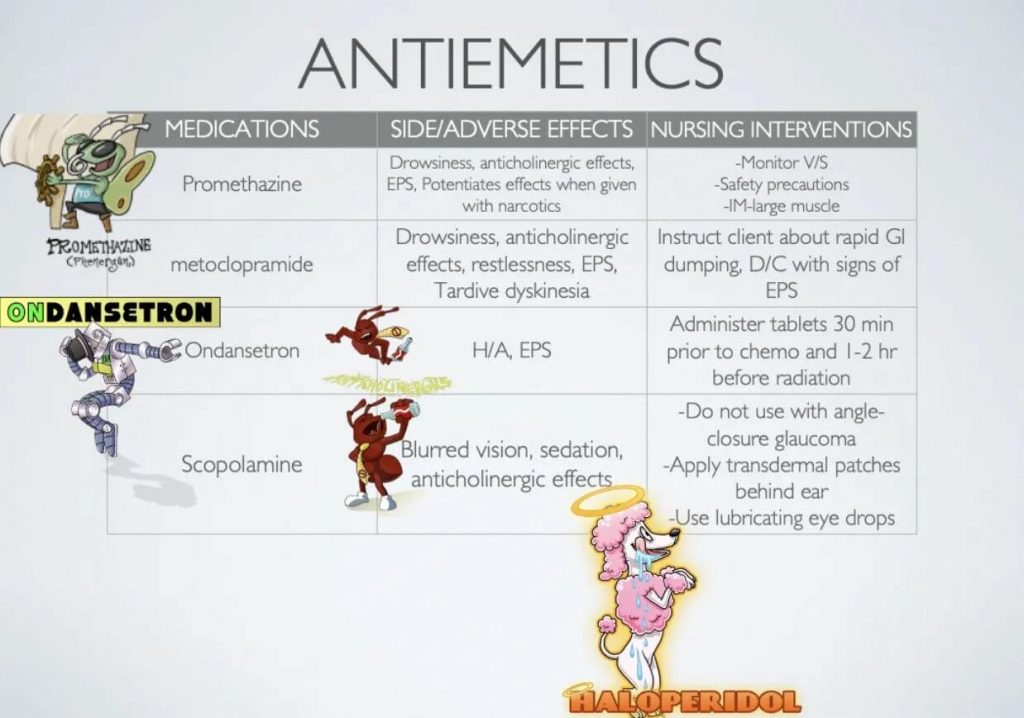Students around the world use Picmonic to help them study and retain what they learn during their chosen medical program, like Nursing, Physician Assistant, Occupational Therapy, Medical School and more. But the programs, professors and teachers educating our next generation of medical professionals are also using Picmonic in the classroom to teach their students.
We have a series of case studies showing how educators integrate Picmonic into their curriculum, the ways students have responded, and the outcomes for individual students and the overall program.
Meet Alycia Engrisch, BSN and RN and a nursing educator who has changed the future for all of her students. For the past two years, Engrisch has been teaching in the Practical Nursing program at Bryant & Stratton College in Virginia. Bryant and Stratton College offers several nursing programs from RN to BSN to Practical Nursing, along with a number of other healthcare degrees.
Nursing is a second career for Engrisch and as a nursing student, she had some initial challenges understanding all of the terminology in the program. She found Picmonic for Nursing and it changed everything for her. She went on to work as a Psychiatric Nurse, a Long-Term Care Nurse and as a Medical-Surgical Nurse before teaching full-time.
Before Picmonic
Many of the students taught by Engrisch may be non-traditional students and the majority are learning healthcare and nursing while English is their second language. Her students would often struggle with some of the concepts because reading, writing and comprehending a second language at the level required for nursing school was a major challenge.
Picmonic changed all of that.
In her Practical Nursing program, Engrisch typically has more than 80 students each semester and gets to know her students, their challenges, ambitions and their strengths very well. “My students are bright and excited about their nursing career,” she said. “But many of them just struggled with learning everything from textbooks. Now they are understanding, passing exams and proving to themselves that they can succeed.”
Using Picmonic
Picmonic doesn’t just help her students learn and retain information, Engrisch also uses our visual learning system to create her teaching materials.

When Engrisch introduces Picmonic to her students, it is always the first they are hearing about it. “They embrace Picmonic because it is visual,” she said. “If there isn’t a Picmonic available for a concept or topic my students need to learn, I usually create my own visual for them because it works.”
Engrisch uses Picmonics in her lecture slides as well as sharing the Picmonic for Nursing playlists already available. “My process typically follows a specific pattern,” Engrisch shares. “I begin by teaching and lecturing about the topic. Then, we review the Picmonic together and talk about it. After that, we do the quiz as a class.”
During her time using Picmonic as an educator, Engrisch has found one of the most beneficial subjects to incorporate Picmonic is in Pharmacology. “I use Picmonic heavily in Pharmacology,” she says with relief. Her students aren’t alone in their appreciation of Picmonic for Pharmacology, but it is also one of the areas she has seen her students make the most progress – partly because she always uses Picmonic here, and it pays off in her student’s successes.
Student Successes with Picmonic
The successes Engrisch has seen in her students is both consistent for students and relatively immediate.
The proof is really in the outcomes for students; something Engrisch sees throughout the semester.
The overall success of students makes a big difference, but it’s the individual stories that paint an even deeper picture. By integrating new learning systems into traditional education processes like lectures and exams, students are able to engage with the material, learn it, retain it and see themselves pass exams and graduate.
By using Picmonic and opening up the possibilities of our visual learning system, Engrisch’s students have benefited in some additional and surprising ways.
In the End
Before integrating Picmonic into her presentations and introducing the visual learning system, Engrisch’s students struggled mostly because English was their second language. By having a visual element to learn, rather than relying solely on textbooks, Engrisch found it makes a difference to her as a teacher and for her students.
“The one thing I tell everyone considering using Picmonic for teaching, is to start early,” encourages Engrisch.
Get started today so your students can expand what they are learning and how they are retaining your lectures. Contact us to learn how to work with Picmonic for your entire class.













